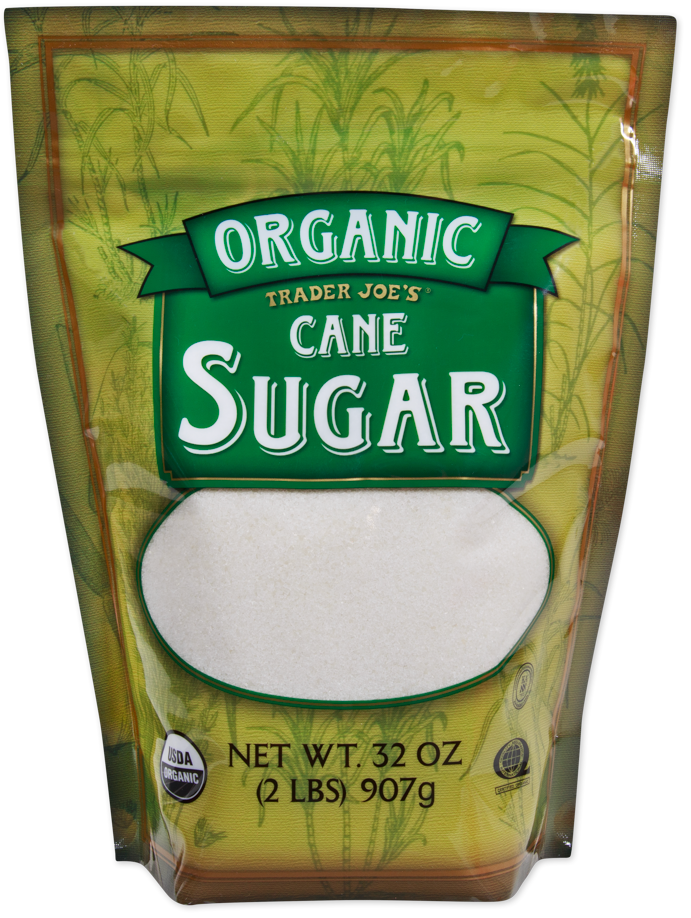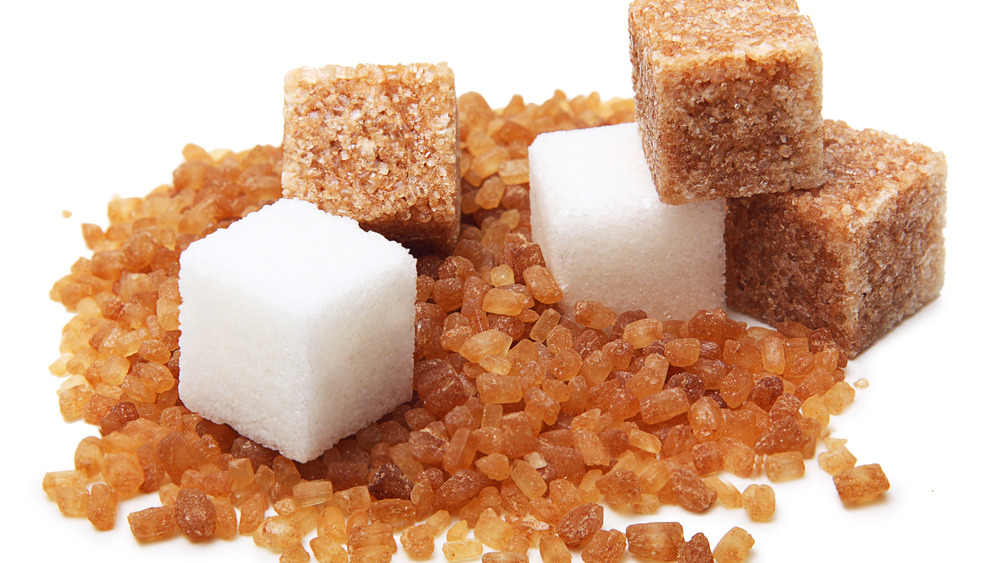Checking Out the Comprehensive Tips Involved in Walking Stick Sugar Processing From Collecting to Refinement
The process of cane sugar manufacturing includes a series of complex steps, beginning with the mindful harvesting of sugarcane and culminating in the refinement phases that make certain the final product fulfills sector criteria. Each phase, from the extraction of juice to the filtration and condensation processes, plays a crucial role in identifying the high quality and character of the sugar. Understanding these stages not just highlights the intricacy of sugar production yet additionally elevates important inquiries about efficiency, sustainability, and advancement in the market. What ramifications do these factors have for future practices?
Gathering Sugarcane
Harvesting sugarcane is a vital action in the walking cane sugar handling chain, as it straight affects the high quality and return of the end product. Proper timing and techniques are vital throughout this stage to make sure ideal sugar content and minimize losses. Typically, sugarcane is gathered when it reaches maturation, usually 12 to 18 months after growing, characterized by a high sucrose focus.

Post-harvest, the sugarcane must be refined swiftly to stop sucrose degradation. Preferably, harvested cane should be delivered to refining centers within 1 day to preserve sugar quality. As a result, reliable logistical planning is critical to keep the stability of the gathered crop throughout the supply chain.
Removal Refine

The crushed cane undergoes a series of pushing operations to optimize juice healing. Normally, warm water is splashed onto the smashed walking cane, creating a countercurrent circulation that helps dissolve the sugar while likewise aiding in the extraction procedure. The juice collected from this procedure consists of not just sugar however likewise various organic compounds and contaminations.
:strip_icc()/How-to-Plant-and-Grow-Sugar-Cane-965303384-2fdac181359d44c185dfa7988fc181a8.jpg)
To boost removal performance, some facilities might utilize diffusion methods, where the sugarcane is taken in hot water, permitting the soluble sugars to diffuse into the fluid. The resulting juice, rich in sucrose, is after that guided to succeeding processing stages, laying the structure for purification and refinement. The removal process is hence critical in determining the high quality and return of the final sugar product.
Purification Methods
The filtration techniques used in cane sugar processing are essential for transforming the raw juice right into a premium sugar item. These methods mainly intend to get rid of contaminations, such as dirt, plant products, and inorganic materials, which can detrimentally impact the end product's taste and shade.
Among the most usual filtration techniques is clarification. This procedure includes including lime and warmth to the raw juice, which assists in the coagulation of pollutants. The resulting precipitate is after that eliminated with sedimentation or filtration, generating a more clear juice. In addition, the usage of phosphoric acid can boost the explanation process by more binding impurities.
An additional considerable method is carbonatation, where carbon dioxide is presented to the cleared up juice. This reaction creates calcium carbonate, which captures continuing to be pollutants and advertises their elimination.
Additionally, activated carbon treatment may be related to adsorb any kind of remaining colorants and natural impurities, guaranteeing an extra refined product. The mix of these methods successfully prepares the sugar juice for subsequent steps in the refining procedure, setting the phase for the production of top notch cane sugar.
Condensation Approaches
After the purification phase, the following critical action in walking cane sugar processing entails crystallization approaches, which play a critical function in changing the clarified juice into strong sugar. This process typically utilizes 2 primary techniques: spontaneous our website formation and controlled formation.
In spontaneous condensation, supersaturated sugar remedies are allowed to cool naturally, resulting in visit this website the development of sugar crystals in time. This technique is less complex yet might result in unequal crystal dimensions and reduced pureness levels. On the other hand, managed condensation is an extra accurate method where temperature level, seeding, and focus agents are carefully managed. This method permits the consistent development of sugar crystals and greater purity.
Throughout crystallization, the made clear juice is focused with dissipation, boosting its sugar web content until it gets to supersaturation. As soon as this point is attained, either method can facilitate the formation procedure. Cane Sugar Processing. The resultant sugar crystals are after that divided from the remaining syrup through centrifugation
Inevitably, the option of condensation approach impacts the high quality, size, and purity of the last sugar item, making this step important in the general walking stick sugar processing treatment.
Improvement and Packaging
How can the purity and top quality of cane sugar be even more enhanced after condensation? The improvement procedure plays a critical function in attaining top quality walking cane sugar. Adhering to formation, sugar undergoes a thorough washing to remove pollutants and residual molasses. This is typically completed utilizing warm water or steam, which aids dissolve and draw out undesirable aspects while preserving the sugar crystals.
Next, the sugar undergoes a procedure called centrifugation, where it is spun at broadband to separate the detoxified sugar crystals from the continuing to be liquid. After centrifugation, the sugar is commonly further fine-tuned via a technique called carbonization or phosphatation, which makes use of triggered carbon or phosphoric acid to remove shade and off-flavors.
Once fine-tuned, the sugar is dried out to attain the wanted moisture content, making certain that it stays steady during storage space and look at this website transportation. The last action entails product packaging the polished sugar in moisture-proof and impermeable containers to maintain its top quality and avoid contamination. Cane Sugar Processing. Appropriate packaging not only extends service life however likewise helps with very easy handling and distribution, guaranteeing that customers obtain sugar that meets the highest possible criteria of pureness and top quality
Conclusion
The detailed steps associated with cane sugar handling, from the precise harvesting of sugarcane to the detailed improvement and product packaging stages, underscore the value of each stage in guaranteeing top quality sugar production. Ideal harvesting strategies, reliable extraction techniques, and strenuous filtration processes collectively add to the final item's pureness and stability. The crystallization and subsequent product packaging methods additionally boost the stability and life span of the sugar, highlighting the complexity and accuracy intrinsic in this essential farming sector.
The procedure of walking cane sugar production incorporates a series of complex actions, beginning with the cautious harvesting of sugarcane and finishing in the improvement stages that guarantee the final product meets sector requirements. Ideally, harvested cane must be delivered to refining facilities within 24 hours to maintain sugar quality.In spontaneous formation, supersaturated sugar solutions are enabled to cool normally, leading to the development of sugar crystals over time - Cane Sugar Processing. The refinement process plays a critical duty in attaining premium cane sugar.The extensive actions involved in walking cane sugar processing, from the meticulous harvesting of sugarcane to the intricate improvement and product packaging phases, underscore the relevance of each phase in guaranteeing high-grade sugar manufacturing